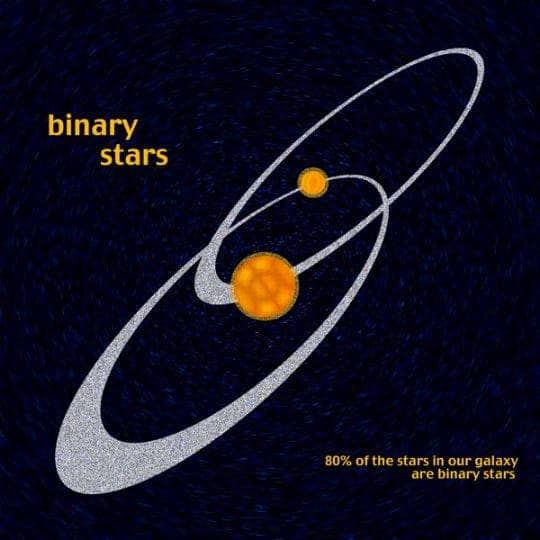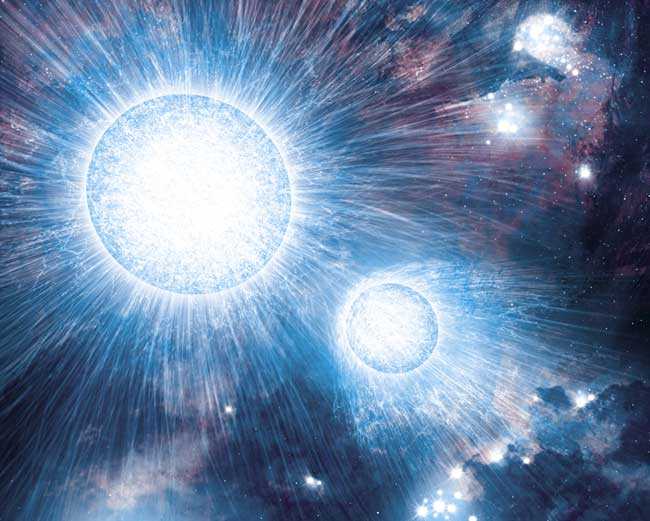Alien planets located in binary star systems are at the risk of being ejected into interstellar space, an international team of astrophysicists concluded.
The orbits of binary stars can potentially cause violent disruptions in their planetary systems, potentially ejecting the planets out of the system. All planets in such systems are subjected to gravitational shifts caused by the secondary star, but those where the companion star has a tighter orbit are less susceptible to the chaotic effects caused by changes in that star’s orbit over time.
“The orbits of very distant or wide stellar companions often become very eccentric — ie. less circular — over time, driving the once-distant star into a plunging orbit that passes very close to the planets once per orbital period,” the University of Toronto, one of the institutions involved in the research, said in a statement on Sunday. “The gravity of this close-passing companion can then wreak havoc on planetary systems, triggering planetary scatterings and even ejections.”
The thing is that as if the orbits of the two stars become more eccentric, the stars will pass nearby each other one time in the orbit and also be far apart at one time. This could have radical effects on the orbiting planets, shifting their orbits up to the point where they can be ejected.
“The stellar orbits of wide binaries are very sensitive to disturbances from other passing stars as well as the tidal field of the Milky Way,” Nathan Kaib, a postdoctoral fellow in the Center for Interdisciplinary Exploration and Research in Astrophysics (CIERA), a National Fellow in the Canadian Institute for Theoretical Astrophysics (CITA), and lead author of the study, added. “This causes their stellar orbits to constantly change their eccentricity – their degree of circularity. If a wide binary lasts long enough, it will eventually find itself with a very high orbital eccentricity at some point in its life.”
To test their theory, they created a model of our own solar system and added another binary star – then ran the simulation. As a result, at least one of the the four giant planets — Jupiter, Saturn, Uranus, or Neptune — would end up ejected into interstellar space.
The research was presented at the 221st meeting of the American Astronomical Society in Long Beach, California and was published in Nature.











